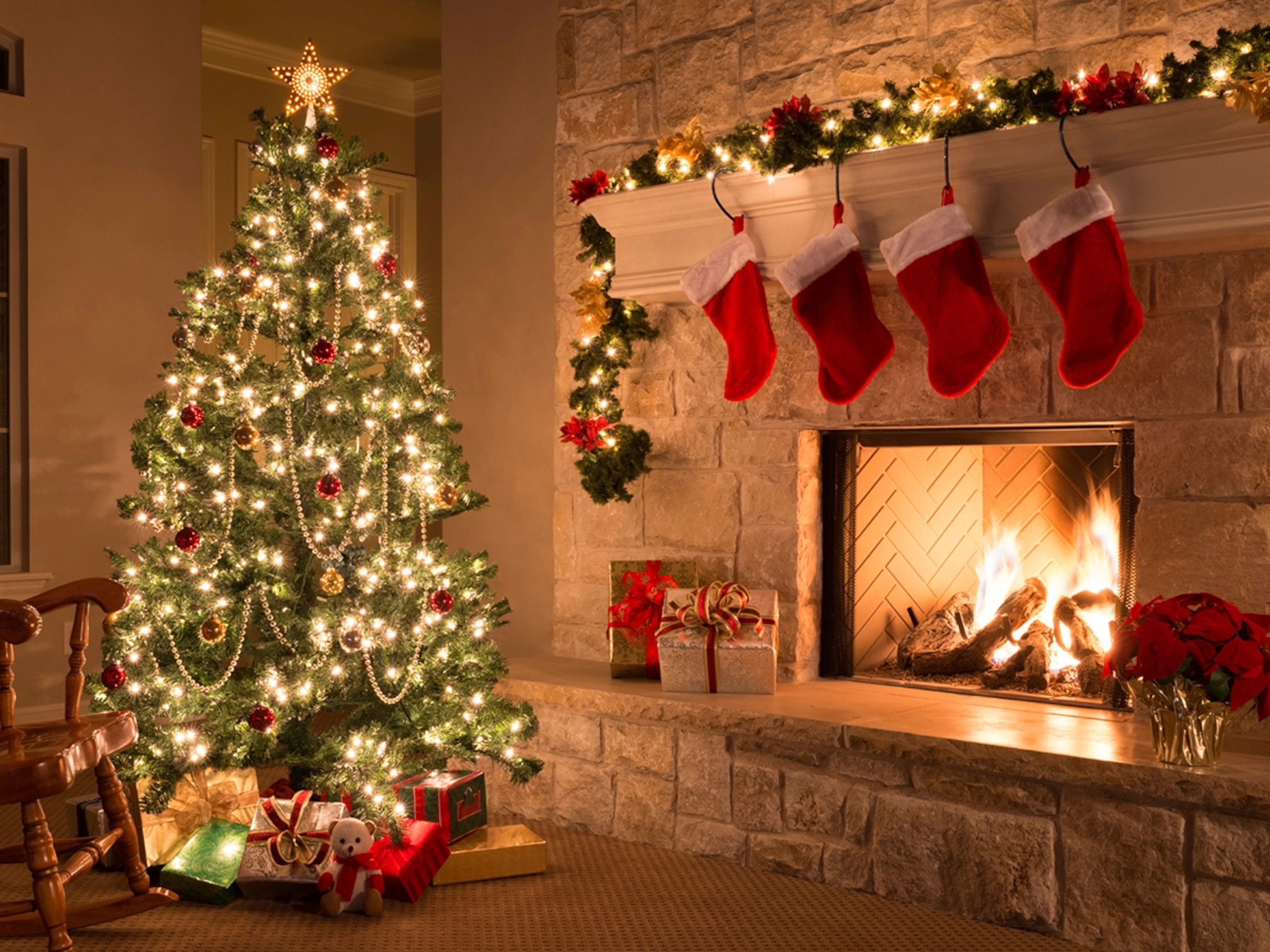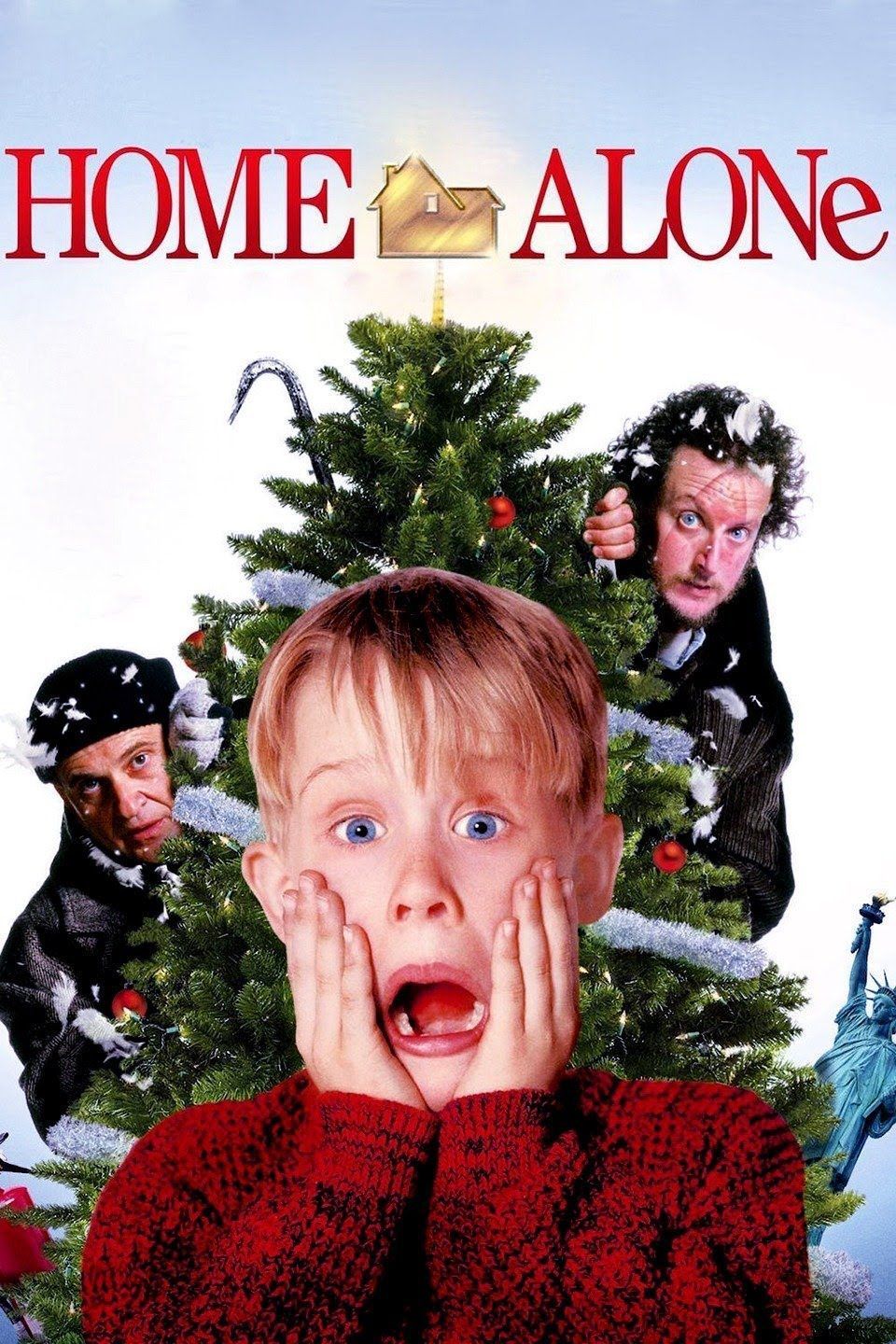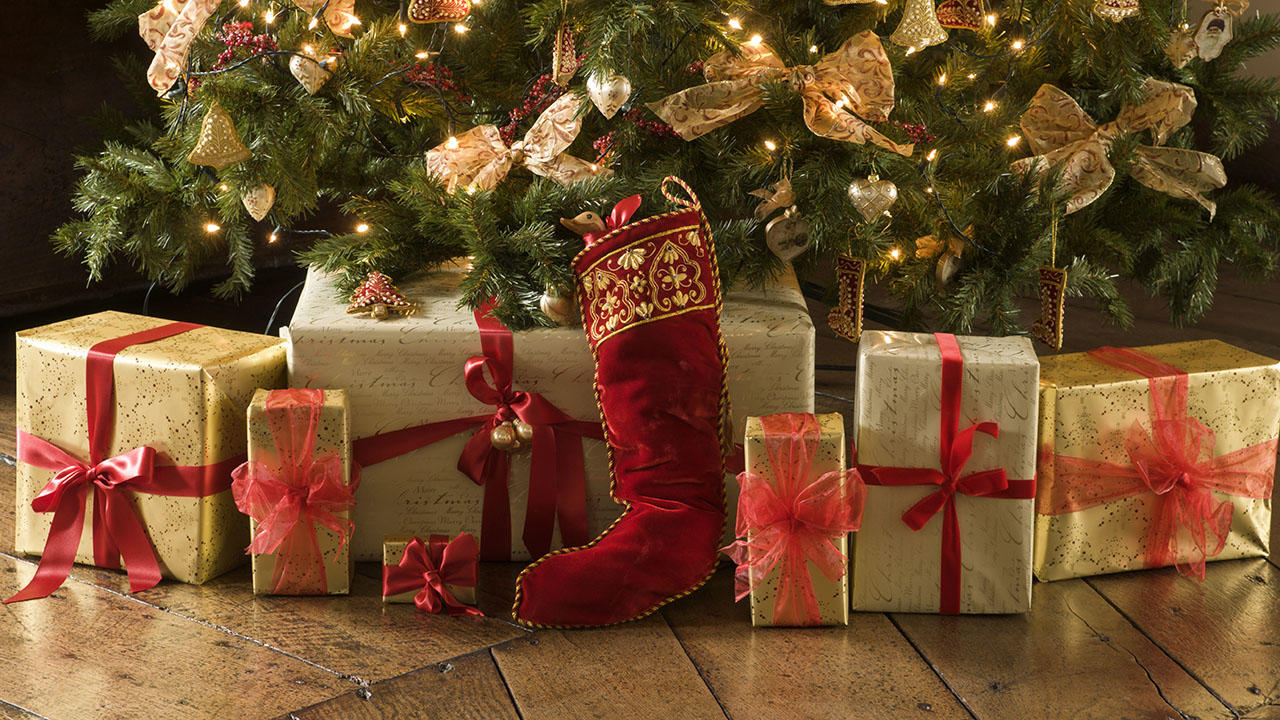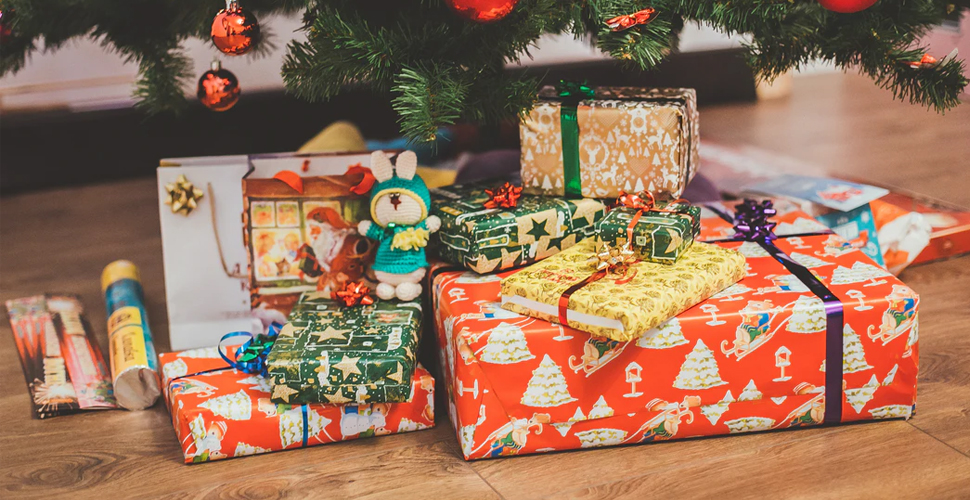Panettone
PREVIEW
Links inside books are only available to premium users!


Copyright © 2022
Christmas is celebrated on December 25 and is both a sacred religious holiday and a worldwide cultural and commercial phenomenon. For two millennia, people around the world have been observing it with traditions and practices that are both religious and secular in nature. Christians celebrate Christmas Day as the anniversary of the birth of Jesus of Nazareth, a spiritual leader whose teachings form the basis of their religion. Popular customs include exchanging gifts, decorating Christmas trees, attending church, sharing meals with family and friends and, of course, waiting for Santa Claus to arrive. December 25—Christmas Day—has been a federal holiday in the United States since 1870.

The legend of Santa Claus can be traced back to a monk named St. Nicholas who was born in Turkey around 280 A.D.. St. Nicholas gave away all of his inherited wealth and traveled the countryside helping the poor and sick, becoming known as the protector of children and sailors.
t. Nicholas first entered American popular culture in the late 18th century in New York, when Dutch families gathered to honor the anniversary of the death of “Sint Nikolaas” (Dutch for Saint Nicholas), or “Sinter Klaas” for short. “Santa Claus” draws his name from this abbreviation.


Long before the advent of Christianity, plants and trees that remained green all year had a special meaning for people in the winter. Just as people today decorate their homes during the festive season with pine, spruce, and fir trees, ancient peoples hung evergreen boughs over their doors and windows. In many countries it was believed that evergreens would keep away witches, ghosts, evil spirits, and illness.
In the Northern hemisphere, the shortest day and longest night of the year falls on December 21 or December 22 and is called the winter solstice. Many ancient people believed that the sun was a god and that winter came every year because the sun god had become sick and weak. They celebrated the solstice because it meant that at last the sun god would begin to get well. Evergreen boughs reminded them of all the green plants that would grow again when the sun god was strong and summer would return.
Finland: ‘Hyvää Joulua!’
Many Finns visit the sauna on Christmas Eve. Families gather and listen to the national “Peace of Christmas” radio broadcast. It is customary to visit the gravesites of departed family members.
In 1828, the American minister to Mexico, Joel R. Poinsett, brought a red-and-green plant from Mexico to America. As its coloring seemed perfect for the new holiday, the plants, which were called Poinsettias after Poinsett, began appearing in greenhouses as early as 1830. In 1870, New york stores began to sell them at Christmas.



Some of The best Traditional Christmas Foods around the world


Peppermint bark. Peppermint hot cocoa. Mint chocolate chip ice cream. If there’s a better combination than chocolate and peppermint, it’s never tickled my tastebuds.

:max_bytes(150000):strip_icc():format(webp)/1061659-Chef-Johns-Roast-Turkey-and-Gravy-Photo-by-Cynthia-Ross-2000-72de67c05c2a4b8da3afc048dbff3bcf.jpg)
Panettone
:max_bytes(150000):strip_icc():format(webp)/anthonymasterson-567823473df78ccc1532e7ea.jpg)


These presents are also left in different places! In most of Europe, the presents are left in shoes or boots put out by the children. In Italy, the UK and the USA presents are left in stockings, often left hanging by a fire place. In many countries, presents for friends and family may be left under the Christmas tree. In the UK, they are often opened on Christmas day morning with all the family together
Presents are opened on different days over the world as well. The earliest presents are opened is on St. Nicholas’ Eve on December 5th when children in Th Netherlands of ten receive their presents. On St. Nicholas’ Day (6th December) children in Belgium, Germany, Czechia and some other European countries open some of their presents.



Winter sleigh ride, Prince Edward Island, Canada. (Credit: Barrett & MacKay)
Published: Dec 2, 2022
Latest Revision: Dec 2, 2022
Ourboox Unique Identifier: OB-1391609
Copyright © 2022
